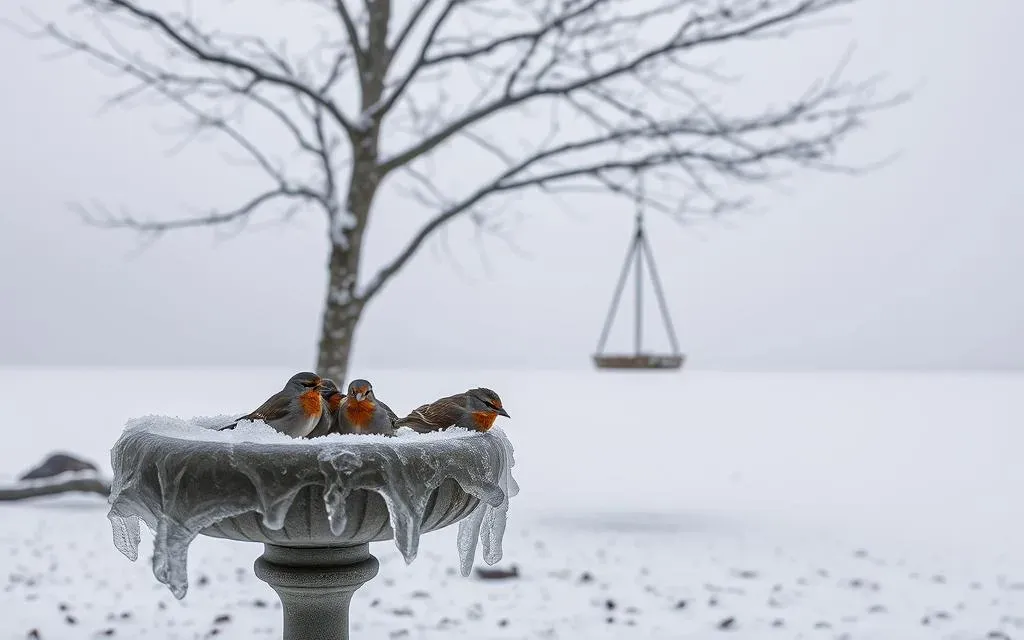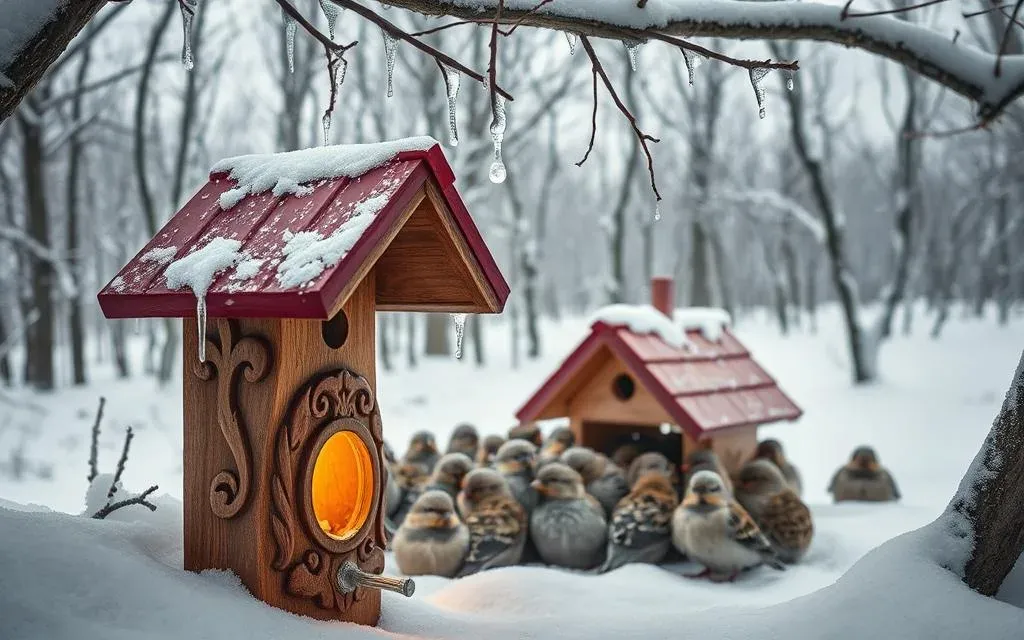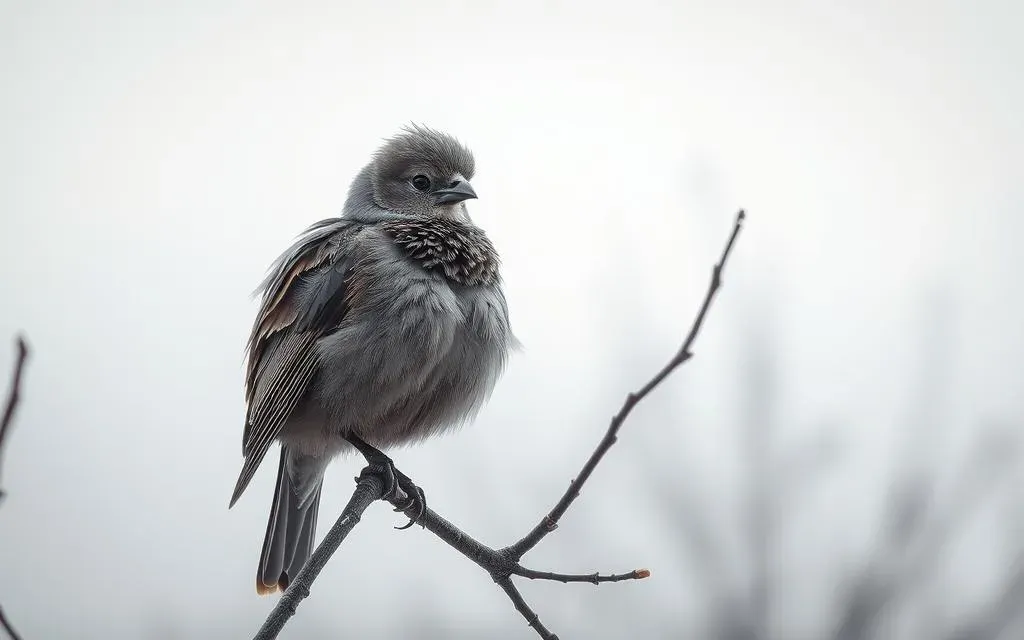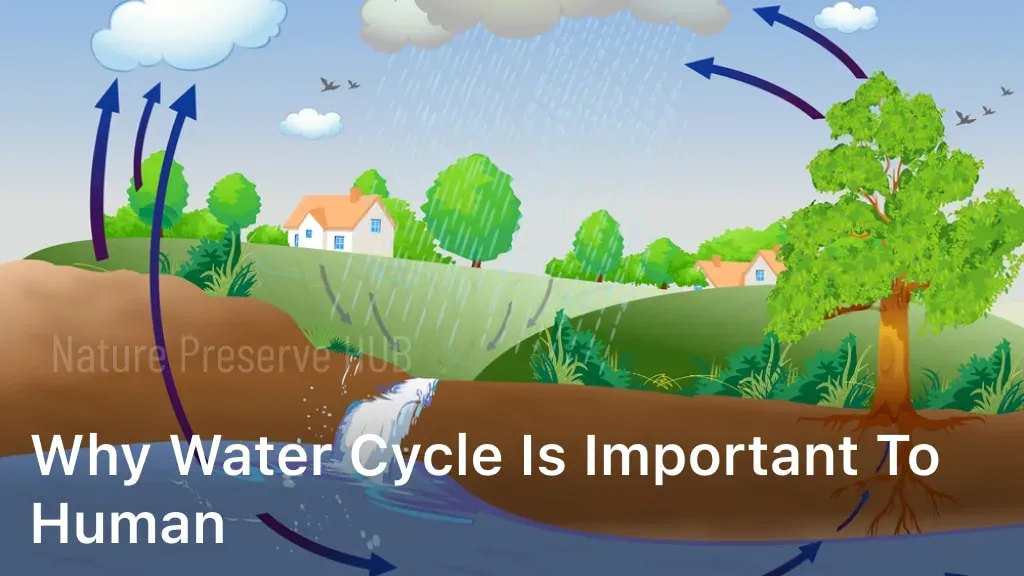Have you ever wondered what happens to our feathered friends when temperatures drop? Winter brings unique challenges for birds, from freezing nights to limited access to food and water. Yet, with a little effort, we can make a big difference in their survival.
Birds like chickadees and hummingbirds rely on high-energy foods to stay warm. Providing multiple feeders and heated water sources can be lifesaving. By understanding their needs, we can create a safer environment for them during the coldest months.
Join us as we explore simple yet effective ways to support these incredible creatures. Together, we can ensure they thrive even in the harshest conditions.
Table of Contents
ToggleUnderstanding Winter Challenges for Birds
Winter brings a unique set of hurdles for our avian companions. From freezing temperatures to limited food sources, birds must adapt quickly to survive. Their daily struggles revolve around maintaining body heat and finding enough energy to endure long, cold days.
Adapting to Frigid Temperatures and Limited Food
Small birds like chickadees and larger species such as woodpeckers face similar challenges. The cold affects their body temperature, making it harder to stay warm. Finding high-energy foods like seeds and suet becomes crucial for survival.
Identifying Key Survival Obstacles
Birds rely on various strategies to combat the cold. Fluffing their feathers creates insulation, while shivering generates heat. Some species even enter torpor, a state of reduced activity, to conserve energy during the night.
Physiological Adaptations and Energy Demands
Energy demands are higher in winter due to the need to maintain body heat. Birds often consume more food during the day to store energy. Their bodies are designed to prioritize warmth, even at the cost of other functions.
| Challenge | Adaptation |
|---|---|
| Freezing temperatures | Fluffing feathers, shivering |
| Limited food sources | Relying on high-energy seeds and suet |
| High energy demands | Increased food intake, torpor |
Understanding these challenges helps us support birds effectively. By providing the right resources, we can make a significant difference in their survival during the coldest months.
How to Help Birds Survive the Winter
When the cold season arrives, our feathered neighbors face tough conditions. Freezing temperatures and scarce resources make survival a daily challenge. By taking simple steps, we can create a safer environment for them.

Implementing Practical Solutions in Our Yards
Placing feeders and water stations in accessible areas is crucial. Birds need high-energy foods like seeds and suet to maintain their body temperature. Heated birdbaths prevent water from freezing, ensuring they stay hydrated.
Timing is key. Refilling feeders before dawn ensures birds have energy to start their day. Creating ground areas with scattered seeds helps species that forage for food. These small changes can make a big difference.
Tailoring Our Approach by Region and Species
Different regions face varying weather conditions. In colder areas, heated water stations are essential. Warmer regions may focus on providing shade and fresh water. Understanding local species’ needs helps us tailor our efforts effectively.
For example, chickadees thrive on sunflower seeds, while woodpeckers prefer suet. By observing their behavior, we can adjust our support to match their preferences. Community efforts can amplify these impacts, creating a network of care for our avian friends.
- Place feeders and water stations in visible, safe locations.
- Use heated birdbaths to prevent freezing.
- Scatter seeds on the ground for foraging species.
- Adapt strategies based on regional weather and bird behavior.
Setting Up Winter Feeders and Water Stations
As temperatures plummet, our feathered friends face a battle for survival. Providing reliable food and water sources can make a significant difference. Setting up feeders and water stations requires careful planning to ensure they meet the needs of various species.
Choosing High-Energy Foods and Suet Options
High-energy foods like suet, peanuts, and sunflower seeds are essential during winter. These options help birds maintain their energy levels, which is critical for staying warm. Suet, in particular, is a favorite among woodpeckers and other species that need extra fuel.
Different birds have unique preferences. For example, chickadees thrive on sunflower seeds, while nuthatches enjoy peanuts. Offering a variety of foods ensures that all species in your area can benefit.
Installing Heated Bird Baths and Easy-Access Feeders
Water is just as important as food. Heated bird baths prevent water from freezing, providing a constant source for hydration. Place these baths in safe, visible locations to attract birds while keeping them protected from predators.
Feeders should be easy to access and placed in areas sheltered from wind. Ground feeders can scatter seeds for species that prefer foraging. This approach ensures that every bird, regardless of feeding habits, has access to food.
Timing Feeder Refills for Maximum Benefit
Refilling feeders late in the day ensures birds have enough energy to stay warm through the night. This timing is especially crucial during freezing nights when energy demands are highest.
Consistency is key. Regularly maintaining feeders and water stations helps build trust with local bird populations. Over time, this can create a thriving group of birds that rely on your support.
| Feeder Type | Benefits |
|---|---|
| Suet Feeders | High-energy food for woodpeckers and nuthatches |
| Platform Feeders | Accessible for ground-feeding species |
| Heated Bird Baths | Prevents water from freezing, ensuring hydration |
By implementing these strategies, we can create a supportive environment for birds during winter. Simple steps like choosing the right foods and maintaining feeders can have a lasting impact on their survival.
Creating Shelter and Safe Roosting Sites
Winter shelters play a vital role in helping birds conserve energy and stay warm. Harsh weather conditions make it essential to provide safe spaces where they can rest and protect themselves from freezing temperatures. Both natural and manmade options can make a significant difference.

Using Natural Elements and Manmade Birdhouses
Natural shelters like dense shrubs and evergreen trees offer excellent protection. These elements block wind and provide cover from snow and rain. Manmade options, such as birdhouses and roost boxes, are equally effective. They create warm, enclosed spaces where birds can huddle together.
Species like nuthatches and sparrows often seek out these shelters. Placing them near feeders ensures birds have easy access to food and safety. Simple structures, like stick piles, can also serve as temporary roosting sites.
Strategies to Block Wind and Reduce Heat Loss
Positioning shelters strategically is key. Place them in areas shielded from prevailing winds, such as near walls or fences. This reduces heat loss and creates a more comfortable environment. Combining shelters with feeders and water stations maximizes their effectiveness.
Community gardens and natural cover enhance safe areas for roosting. These spaces provide multiple layers of protection, helping birds conserve energy. By focusing on these strategies, we can support species like jays and nuthatches during extreme weather.
| Shelter Type | Benefits |
|---|---|
| Evergreen Trees | Natural windbreak, provides cover |
| Birdhouses | Enclosed, warm spaces for roosting |
| Stick Piles | Temporary shelter for ground-feeding species |
Providing proper shelter is a simple yet impactful way to support birds. These efforts ensure they have the energy needed to thrive, even in the harshest conditions.
Maximizing Energy and Heat Conservation
During the coldest months, birds rely on remarkable strategies to stay warm and conserve energy. Their ability to adapt to harsh conditions is a testament to their resilience. By understanding these natural behaviors, we can better support them through winter.
Boosting Insulation Through Feathery Adaptations
Birds fluff their feathers to trap air, creating a layer of insulation. This simple yet effective technique helps them retain body heat in freezing temperatures. Feather puffing is especially crucial during cold weather, as it reduces heat loss significantly.
Another adaptation is the regulation of blood flow. Birds can limit circulation to their extremities, keeping their core warm. This mechanism ensures that vital organs remain functional even in extreme conditions.
Environmental Adjustments for Heat Retention
Snow can act as a natural insulator, providing additional cover for ground-dwelling species. Gardens with dense shrubs and evergreen trees offer excellent shelter from wind and cold. These features create microclimates that help birds conserve energy.
Roosting in groups is another effective strategy. By huddling together, birds reduce individual energy expenditure. Pre-existing shelters, like birdhouses or natural cavities, further enhance their ability to stay warm.
| Adaptation | Benefit |
|---|---|
| Feather Fluffing | Traps air for insulation |
| Regulated Blood Flow | Keeps core warm |
| Group Roosting | Reduces individual energy loss |
| Natural Cover | Provides shelter from wind and cold |
Maximizing energy intake during the day is essential. Birds consume more food to store energy for the long, cold nights. By providing high-energy foods and water, we can support their natural adaptations and help them thrive.
Conclusion
Supporting wildlife during colder months requires thoughtful planning and action. Providing suet and high-energy foods ensures many bird species maintain their body temperature. Access to heated water sources and sheltered feeding areas is equally vital.
Every step we take, from proper feeder placement to creating safe roosting sites, contributes to solving the problem of winter survival. Tailoring these efforts by region and species maximizes their effectiveness. Early and consistent planning makes a significant difference.
Together, we can create environments where wildlife thrives, even in harsh conditions. Let’s continue improving our yards and communities to support these incredible creatures. Our collective efforts ensure they remain resilient and healthy year-round.
FAQ
What are the main challenges birds face during colder months?
Frigid temperatures and limited access to food sources are the biggest hurdles. Many species struggle to maintain their body temperature and find enough energy to survive.
How can we assist birds in staying warm during freezing weather?
Providing high-energy foods like suet, seeds, and nuts helps. Installing heated bird baths and ensuring feeders are easily accessible also makes a significant difference.
What types of food are best for supporting birds in winter?
Suet, black oil sunflower seeds, and peanuts are excellent choices. These options offer the calories and nutrients needed to sustain energy levels in cold weather.
How can we create safe roosting sites for birds?
Using natural elements like dense trees or manmade birdhouses works well. Placing shelters in areas protected from wind and snow ensures warmth and safety.
Why is water access important for birds in winter?
Liquid water is often scarce when temperatures drop below freezing. Providing a heated bird bath ensures birds stay hydrated and can clean their feathers for better insulation.
How do birds conserve energy during the coldest days?
Many species fluff their feathers to trap heat and reduce blood flow to their feet. Grouping together in sheltered areas also helps minimize heat loss.
What role do feeders play in helping birds survive winter?
Feeders act as a reliable food source when natural options are buried under snow. Regularly refilling them ensures birds have consistent access to energy-rich meals.
Are there specific strategies for different bird species?
Yes, tailoring our approach helps. For example, chickadees and nuthatches prefer suet, while sparrows and jays thrive on seeds and nuts.
How can we protect birds from predators in winter?
Placing feeders and shelters near dense cover, like shrubs or trees, offers safety. Avoiding open areas reduces the risk of attacks from predators.
What are the benefits of using natural elements in our gardens?
Trees, shrubs, and brush piles provide shelter and roosting spots. They also attract insects, offering an additional food source for many species.
















